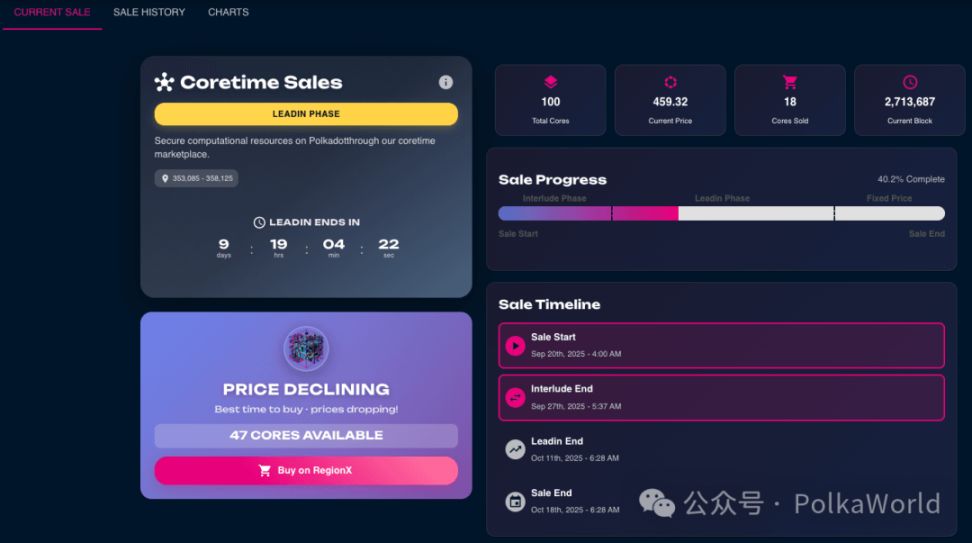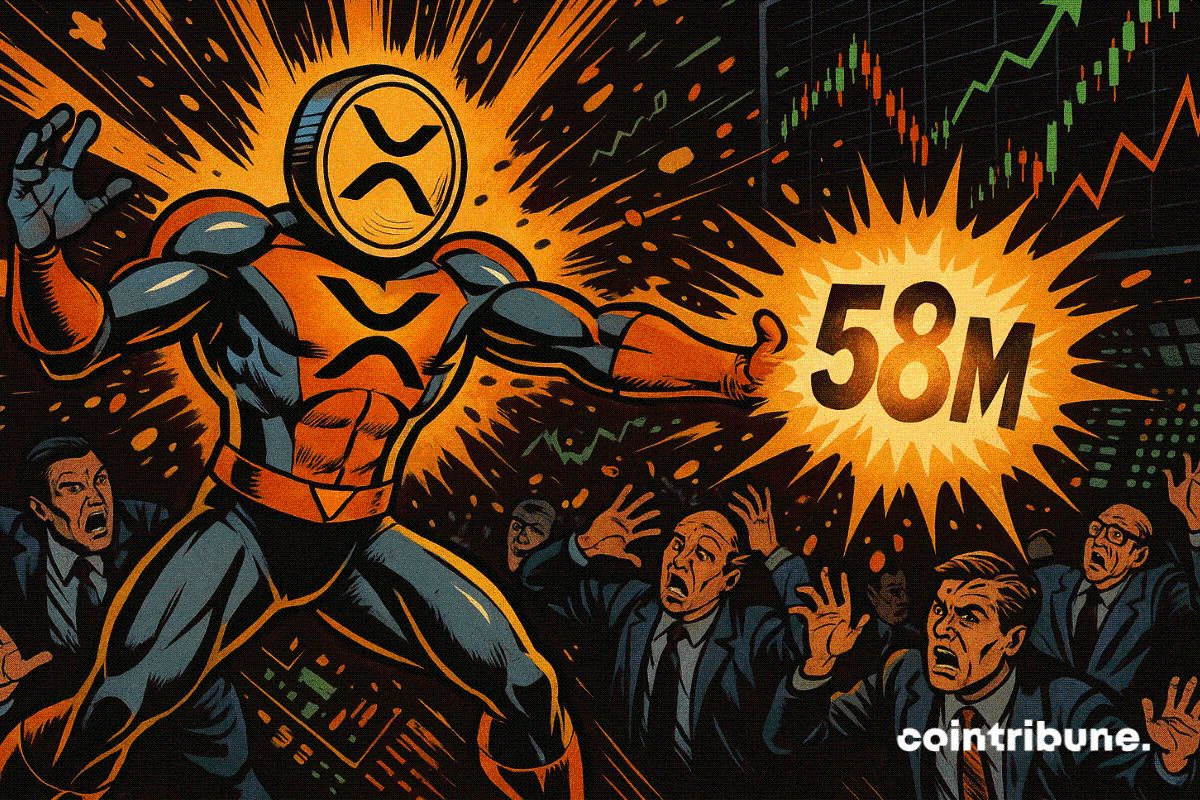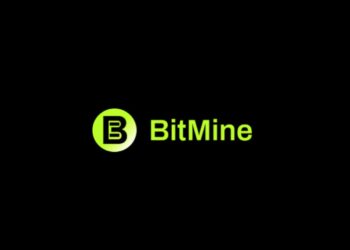Latest Progress in Parity Product Development: Technical Excellence Remains Fundamental, but "Being Used and Truly Useful" Is the Key!

Parity has released the September 2025 technical development monthly report, comprehensively showcasing the team's breakthrough progress in making the Polkadot building experience simpler and more efficient.
From network reliability metrics to standardized data analytics platforms, from cross-chain smart contract support to one-click deployment portals (PDP), Polkadot's development infrastructure is undergoing a systematic upgrade. If you are planning to build products on Polkadot, these developments are definitely worth your attention.
Parity’s engineers are working towards the goal of making dApp building “more powerful, easier to use, and closer to developers,” transforming the process from “complex architecture” to “plug-and-play”:
✅ Quantifiable network reliability
✅ Smoother cross-chain contracts
✅ Comprehensive upgrade of development environment
Meanwhile, innovation at the product layer is also accelerating. More and more early prototypes are moving from whiteboard concepts to runnable code, laying the foundation for tools and applications that will serve developers and users in the future.
As Parity CEO Gavin Wood said:
“Our mission is to truly combine technical excellence with practical value on Polkadot.”
Below are the core recent advances in Polkadot technology and ecosystem across six key directions 👇
1️⃣ Kusama Asset Hub migration completed: The relay chain is freed from heavy asset logic, resulting in lower transaction fees and more flexible asset operations.
2️⃣ Network reliability dashboard launched: New metrics replace the traditional “block time,” establishing enterprise-grade service standards (SLO) for Polkadot.
3️⃣ Dotlake data platform upgraded: Preparing for the upcoming Polkadot Asset Hub migration, with comprehensive optimization of Coretime data views and analytics tools.
4️⃣ Developer experience optimization: The smart contract DevContainer is officially launched, and with the new documentation structure, the cycle from “getting started to going live” is greatly shortened.
5️⃣ Cross-chain development toolkit improved: XCM now fully supports smart contracts, and the OpenZeppelin Contract Wizard will debut at Sub0, lowering the migration threshold for Solidity teams.
6️⃣ Polkadot Deployment Portal (PDP) continues to advance: Closed testing achieved zero-failure deployments, and a new auto-renewal guide helps parachain teams easily complete core management tasks.
Let’s introduce these important advances one by one!
Kusama Successfully Completes System Migration, Unlocking More Possibilities for Innovation
One of the most noteworthy achievements in this phase is the system-level migration of the Kusama Asset Hub. This migration redefines how assets, staking, and governance operate within the network. While ordinary users may not notice much difference, at the architectural level, it is a profound upgrade that lays a solid foundation for all future building and expansion on Polkadot.
During this migration, Parity mainly accomplished:
- Assisting the core team in migrating key data such as account balances, staking, treasury, and governance modules from the relay chain to the Asset Hub;
- Ensuring that user accounts, multisigs, proxies, and cross-chain assets are migrated automatically without manual intervention;
- Establishing protection mechanisms and monitoring systems to prevent potential anomalies, especially during XCM and non-native asset interactions;
- Providing testing, communication, and technical support throughout the process.
The changes brought by the completed migration — the relay chain is freed from heavy asset logic and can focus more on core functions such as consensus, security, and message routing.
At the same time, users can clearly feel lower transaction fees, reduced deposit requirements, and, when liquidity allows, the ability to pay gas with non-native assets!
Why is this important? This migration marks a key step for Polkadot towards a modular architecture. Assets, staking, and governance can now evolve independently without affecting core network security. More importantly, it opens up more possibilities for innovation:
✨ More powerful NFTs
💱 Cross-asset DeFi
🪙 Multi-asset utility tokens
🧩 And multi-asset DApps based on a brand new SDK
This is not just a technical upgrade, but an important milestone for Polkadot towards a more efficient, flexible, and scalable future.
Establishing a “Reliability Standard” for Web3: Polkadot to Launch Network Health Dashboard
Parity is building a brand new network reliability dashboard and public status page to comprehensively measure users’ actual experience on Polkadot.
This system will cover key metrics such as transaction latency, signal reliability, throughput, and cost, and will be integrated with alerting systems and operational response mechanisms for real-time monitoring and rapid response.
This feature is expected to debut at upcoming community events and will gradually be opened to the public.
Its core goal is to establish a standardized set of blockchain reliability metrics, allowing Web3 network stability, latency, and service health to be quantified, compared, and verified just like Web2 enterprises.
For developers and teams, this means:
- Faster detection and localization of issues
- Clearer service level objectives (SLO)
For enterprises looking to transition from Web2 to Web3, it provides a familiar and comparable reference standard, helping them intuitively evaluate blockchain performance, reduce decision-making costs, and accelerate application adoption.
Why is this important? Unified, transparent, and quantifiable reliability metrics not only enhance the network resilience of all parachains, but also allow users to experience a more stable and trustworthy Polkadot network.

Clearer Data, Deeper Insights: Dotlake Upgraded to Safeguard Asset Hub Migration and Ecosystem Analytics
The Dotlake platform is making comprehensive preparations for the upcoming Asset Hub migration window (Kusama has completed, Polkadot on November 4). The Parity team has completed data structure unification, Sidecar interface integration, and cross-chain query optimization, ensuring that all dashboards and product data reads remain stable and uninterrupted during the underlying architecture migration.
In terms of data analytics, the first batch of standardized parachain data has already gone live on external dashboards, with more integration work ongoing.
Meanwhile, Dotlake’s Coretime page has been completely revamped, using more intuitive charts and prompts to help users better understand network resource usage.

In addition, Dotlake has added two practical features:
- Polkadot Overview: A real-time updated network overview page displaying core metrics, which can be used directly as presentation material;
- Polkadot Hub Dashboard: Focused on displaying key data and analytics for smart contracts and Polkadot Hub.

Why is this important? A unified, standardized data foundation makes ecosystem metric analysis, research, and institutional-grade reporting more reliable and sustainable, without relying on one-off data pipelines. The new Coretime visualization page also makes it easier for developers and community members to understand the real usage of the network, helping the entire ecosystem achieve more transparent, efficient, and verifiable resource allocation.
From 0 to 1 Made Easier: Polkadot Launches New Integrated Smart Contract Development Environment
The brand new Polkadot integrated smart contract development environment (DevContainer) is now officially online, offering detailed video tutorials and a dedicated feedback section on the official forum for developers to exchange and suggest improvements.
Meanwhile, the old smart contract documentation has been completely taken offline, and all content has been migrated to docs.polkadot.com. Parity is also implementing a brand new documentation structure to make the process from “Hello World” to “production launch” smoother, speeding up prototyping and product rollout.
In addition, the UX Bounty program has launched a new community incentive project, inviting developers and community members to discover and report the following issues:
- Complex or unintuitive usage flows
- Inconsistent terminology
- Unclear documentation
- Or suggestions for improvements related to AI tools
- All valid reports will receive symbolic DOT rewards.
Why is this important? Faster environment setup, clearer documentation structure, and community-driven user experience feedback together lower the onboarding threshold for developers, accelerate the entire process from development to deployment, and further enhance Polkadot’s developer friendliness and building experience.
Cross-Chain Development Enters a New Stage: Polkadot Smart Contracts Fully Support XCM!
Parity has advanced full XCM support for smart contracts, adding XCM precompiled functions and continuously improving the XTransfers library, making it easier for smart contracts to transfer assets and messages across chains.
On the tooling side, developers can look forward to the beta release of OpenZeppelin’s Polkadot Contract Wizard at the flagship Sub0 event in Argentina. In addition, Parity is continuously optimizing the development experience for Solidity developers on Polkadot Hub.
OpenZeppelin’s early support for Polkadot is an important milestone. It brings contract templates and tools familiar to Ethereum developers to the ecosystem, lowering the threshold for migration and experimentation, boosting developer confidence, and laying the foundation for deeper ecosystem integration.
Why is this important? The combination of native cross-chain interaction capabilities and familiar development tools allows Solidity teams to launch products directly on Polkadot without having to rebuild their tech stack, enabling a more efficient and natural multi-chain development experience.

PDP Zero-Failure Deployment: Deploy Applications on Polkadot in as Little as 15 Minutes!
The Polkadot Deployment Portal (PDP) has made significant progress ahead of the flagship Sub0 event in Buenos Aires this November. This tool aims to make development and deployment on Polkadot faster and simpler — teams can complete Rollup deployment in 15 minutes, with seamless integration of Coretime management and runtime upgrades.
The first round of closed testing has been successfully completed, achieving zero-failure deployments in all tests and receiving high praise from the developer community. The team is currently further optimizing the user experience based on tester feedback, preparing for broader community access.
The latest feature of PDP is the Coretime auto-renewal guide. This is an interactive tool where parachain teams only need to paste their RPC URL, and the system will automatically generate targeted operational guidance, helping teams top up their sovereign accounts and generate the required XCM calls to maintain the secure operation of the Core.
With automated renewal, parachains can avoid the risk of losing slots at the start of a new cycle, ensuring network continuity and reducing operational burdens.

Why is this important? PDP greatly lowers the deployment threshold on Polkadot, enabling teams to go from concept to launch in just a few minutes, building sustainable Web3 projects at extremely low operational cost.
Next Steps
- Network reliability preview: Will be showcased for the first time at upcoming community events, and then gradually opened to the public;
- Asset Hub migration: Related ecosystem migration guides and data panels will be released successively in October and November;
- Documentation updates: The new developer documentation will be launched in phases, and feedback for improvements is welcome during use;
- Development tool upgrades: Continuous optimization of XCM precompiles, developer libraries, and the Polkadot Hub development process for Solidity, making development smoother.
How to Get Involved
- Try DevContainer: Set up a smart contract development environment in minutes and share feedback on the official forum;
- Explore Polkadot Hub: Solidity teams can learn XCM examples in advance to prepare for future contract migration;
- Join the PDP beta team: Participate in product testing and design, help improve deployment experience and developer guides, and jointly build better Polkadot building tools.
Parity’s Key Focus Areas
Parity’s current focus is to make the Polkadot network more powerful and simpler, while continuously launching new features so that more people can actually use it.
Behind the scenes, engineers, designers, and community contributors are working hard to push Polkadot into a new stage where it not only has technical strength but also real-world impact.
As Gavin Wood said:
Technical excellence remains the foundation of Polkadot, but now the most important thing is “being used” and “truly useful.”
Polkadot is entering a brand new era — evolving from a pure technology network into a “world supercomputer” capable of powering the next generation of Web3 applications.
The team’s passion is real, and momentum is building. Although there is still a lot of work ahead, we want you to know: we hear your voice, we are taking action, and we are building an ecosystem that can truly last together.
Original link: https://www.parity.io/blog/build-on-polkadot-september-2025-product-engineering-update
Disclaimer: The content of this article solely reflects the author's opinion and does not represent the platform in any capacity. This article is not intended to serve as a reference for making investment decisions.
You may also like
Grayscale formalizes its IPO filing

Czech Bank Tests Crypto Assets In Pilot Program

New XRP ETF Draws $58M Trading Volume, Tops This Year’s ETF Debuts

Bitzuma Launches Research & Education Hub to Elevate Crypto Knowledge

